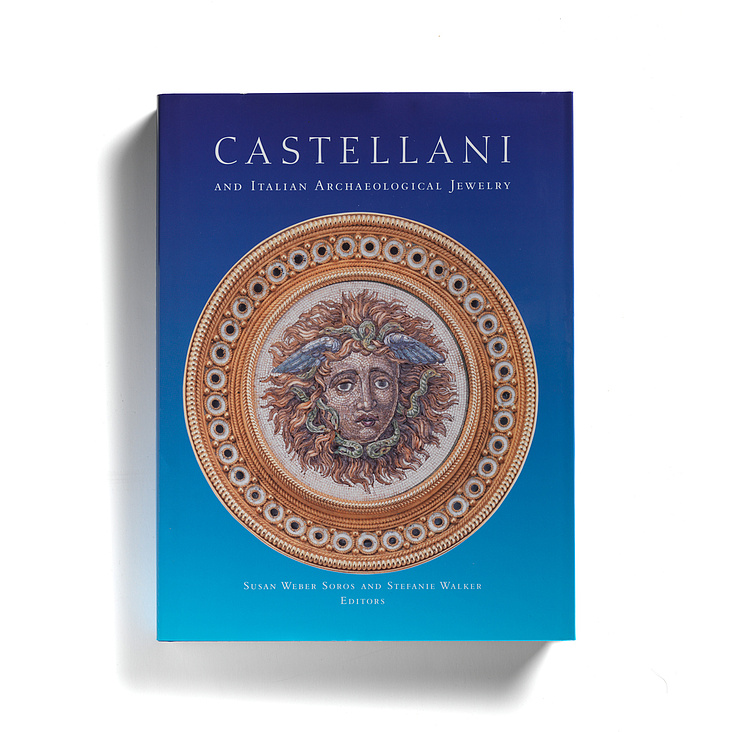Bard Graduate Center publishes award-winning exhibition catalogues, books, and journals focusing on scholarship in the decorative arts, design history, and material culture.










38 West 86th St.
New York, NY 10024
212.501.3000
admissions@bgc.bard.edu
18 West 86th St.
New York, NY 10024
212.501.3023
gallery@bgc.bard.edu
BGC Gallery is currently closed.
38 West 86th St.
New York, NY 10024
212.501.3000
admissions@bgc.bard.edu
18 West 86th St.
New York, NY 10024
212.501.3023
gallery@bgc.bard.edu
BGC Gallery is currently closed.
Augustus Welby Northmore Pugin was one of the most influential architects and designers of the nineteenth century, a man whose ideas and design principles were adopted and developed by followers as diverse as William Morris and Frank Lloyd Wright. As an architect, Pugin created cathedrals, churches, colleges, convents, and a wide range of domestic buildings whose form and structure changed the nature of architecture in his era. As a designer, he was responsible for the Gothic Revival, the most popular decorative form in Britain and around the world, and he was the creator of stunning furniture and woodwork; silver, metalwork, and jewelry; pottery and tiles; textiles and wallpapers; and books. This book, written by ten eminent scholars, presents a comprehensive picture of Pugin, his achievements, and his times.
Paul Atterbury, a freelance scholar and exhibition organizer, is the curator of the Pugin exhibition. He was formerly editor of The Connoisseur.
Foreword
Susan Weber Soros
Introduction
Paul Atterbury
Gothic Sensibility: The Early Years of the Gothic Revival
Megan Aldrich
Augustus Welby Northmore Pugin: A Biographical Sketch
Rosemary Hall
The Catholic Context
David Meara
A.W.N. Pugin and France
Clive Wainwright
Pugin’s Architecture in Context
Andrew Saint
The Ideal of the Gothic Cathedral in 1852
Barry Bergdoll
The Pugins in Ireland
Roderick O’Donnell
A.W.N Pugin and the Progress of Design as Applied to Manufacture
Clive Wainwright
Pugin and Interior Design
Paul Atterbury
A.W.N. Pugin and the Gothic Movement in North America
Margaret Floyd
Catalogue of the Exhibition
Bibliography
Index










38 West 86th St.
New York, NY 10024
212.501.3000
admissions@bgc.bard.edu
18 West 86th St.
New York, NY 10024
212.501.3023
gallery@bgc.bard.edu
BGC Gallery is currently closed.
